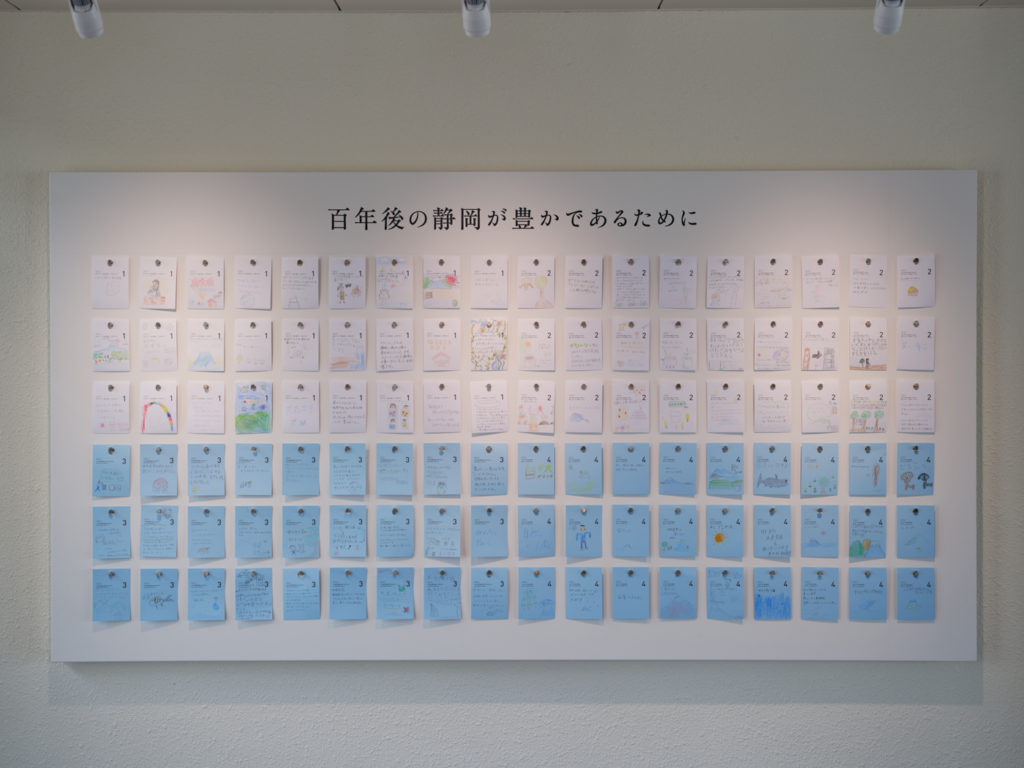“Thinking about the bright future of Shizuoka,
a city surrounded by diverse nature”
The Museum of Natural and Environmental History, Shizuoka is located in Suruga-ku, a suburb of Shizuoka City. It is the only nature-themed museum in Japan that focuses on the history of the Earth’s environment. It is a place that looks back on the history of the Earth to help us imagine what type of future we can expect. It is a place that delves deep into the relationship between humans and nature.
The library cafe on the second floor, where we sat down with Director Yoichiro Sato, formerly functioned as a staff room of the now converted high school building.
From the windows, you can see Suruga Bay and the Southern Alps. Surrounded by this rich, natural environment, it becomes clear why this space was chosen to be the site of a museum devoted to environmental history.
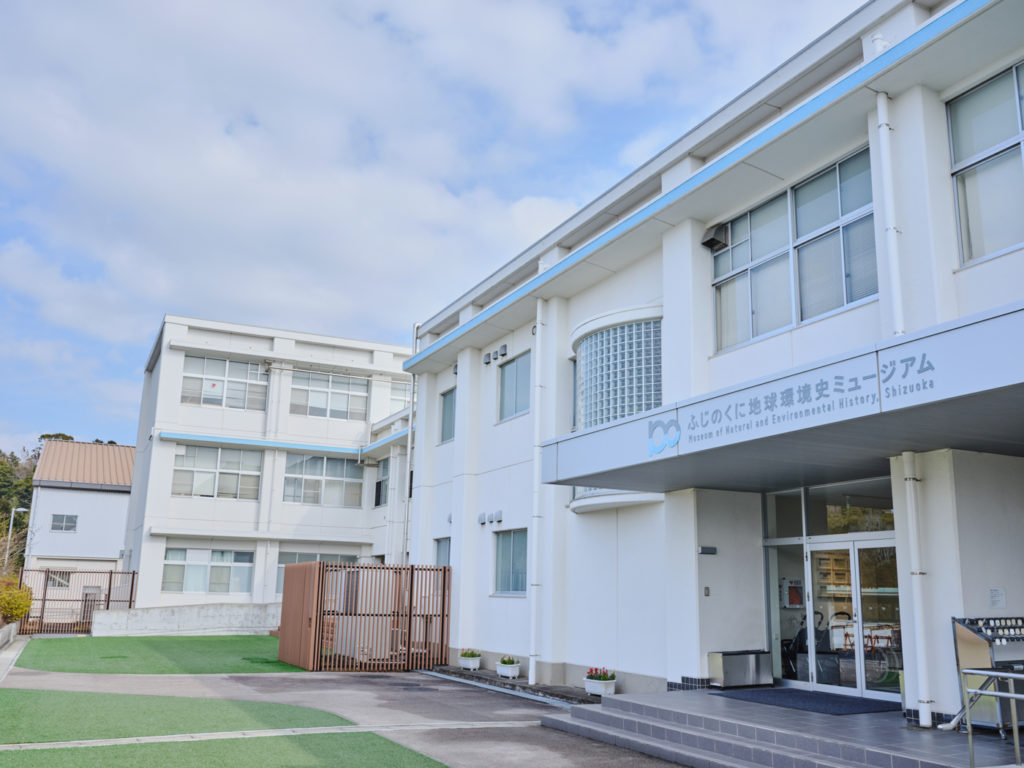
“Shizuoka is located right in the middle of Japan. It’s the belly of the country, rich in cultural diversity. The east side of Shizuoka represents eastern Japan in terms of natural elements and culture, while the west side is more representative of western Japan. There is also a huge difference (5,500 meters +) in elevation from the top of Mount Fuji to the bottom of the deep sea in Suruga Bay. This geographical diversity makes it a very interesting place with a wide variety of flora and fauna.”
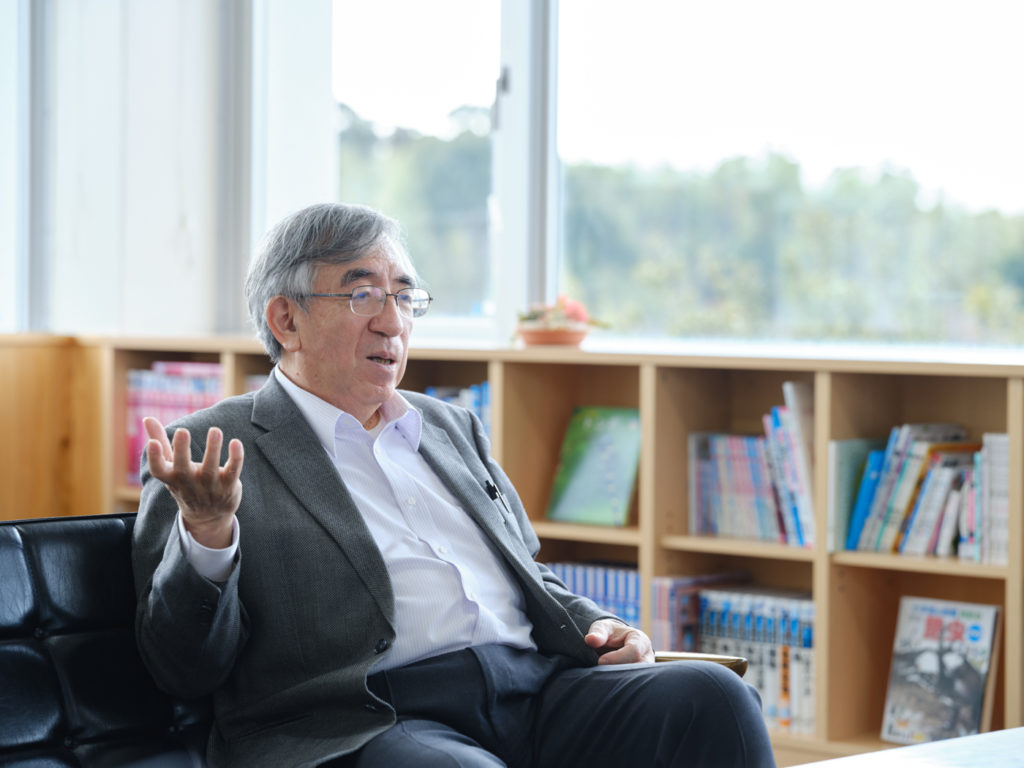
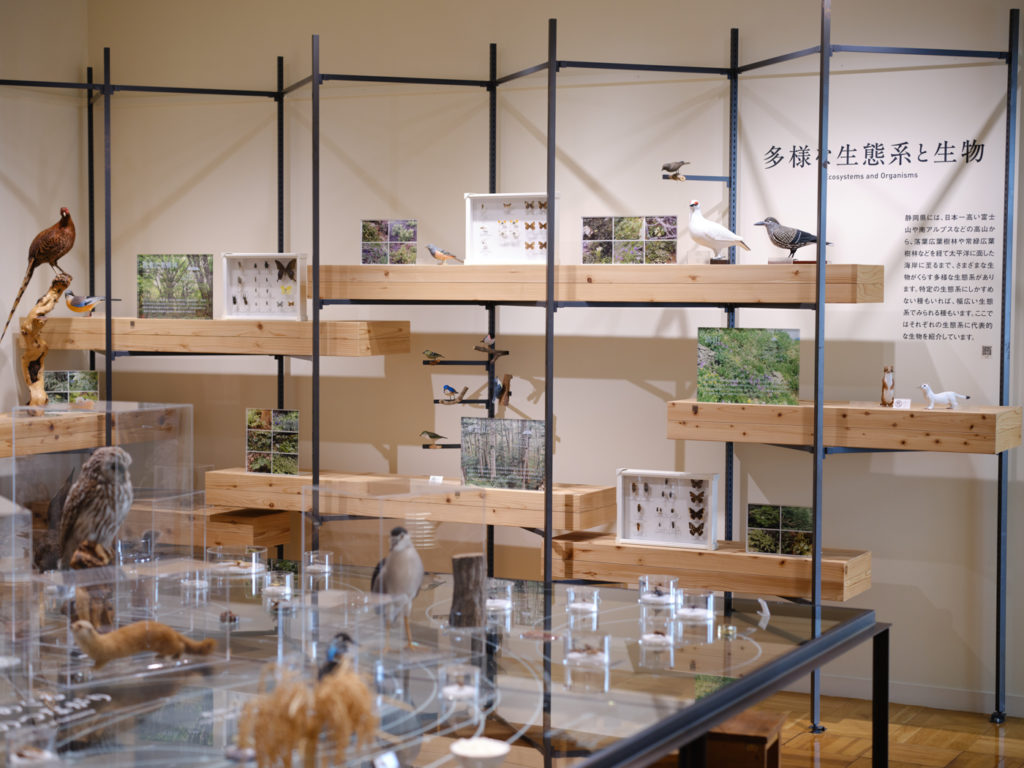
Shizuoka, with its various natural elements, is rich in food ingredients, and Sato, who became the museum’s second director in 2021, is a leading researcher on the origins of rice cultivation and food culture. Discussing specific themes, he would like to tackle, Sato says, “We want to position food in a way that is contextual to the history of the global environment. We want to provide a place where people can think about the Earth 100 years from now through the lens of food. In order to reach the 85% of the population who are not interested in museum specimens, it is important to have a theme that is familiar to them. In that sense, I think food is a very good medium. Because who doesn’t like to eat?”
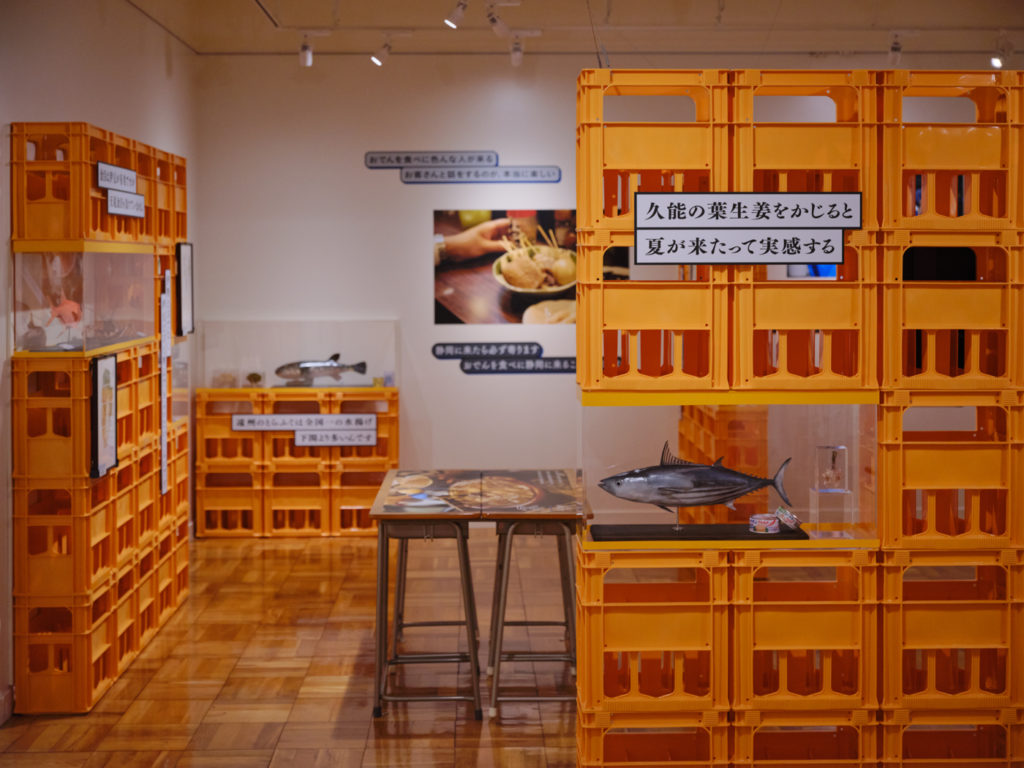
To encourage visitors to stop and take a closer look, the explanatory text and labels are kept deliberately brief. If visitors have any questions or wish to know more, the museum’s staff members located in each exhibition room are eager to help. The researchers who support the museum are extremely enthusiastic, some working to find fossils buried deep in the earth, and others studying insects so small that they can only be seen with a magnifying glass.
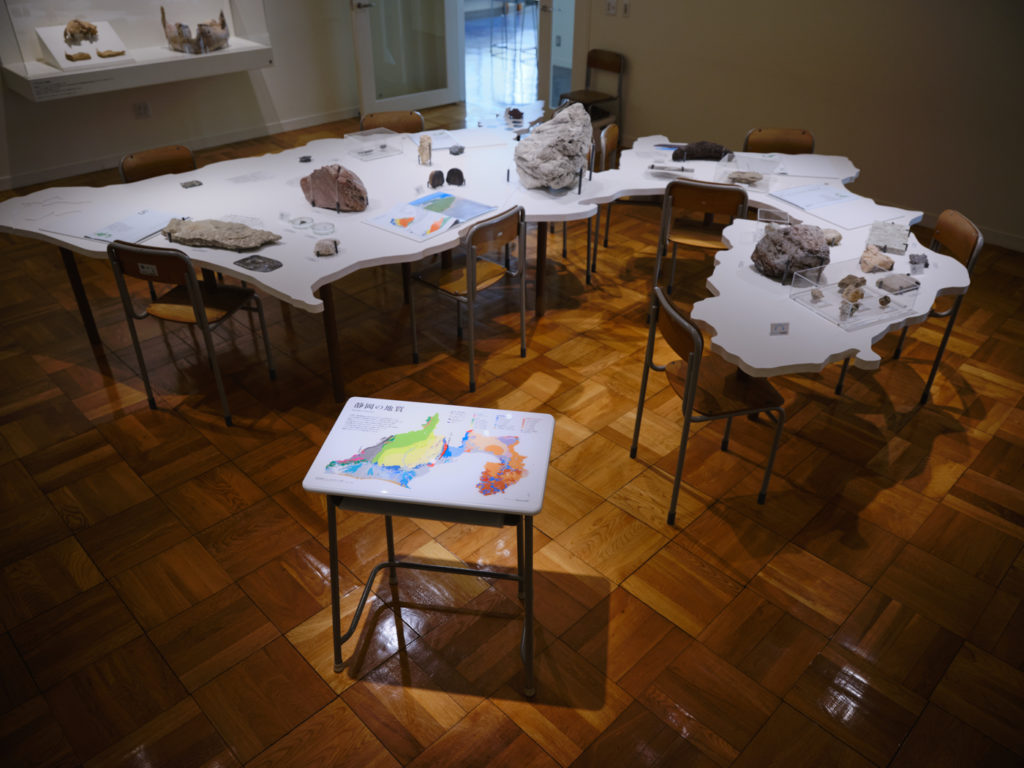
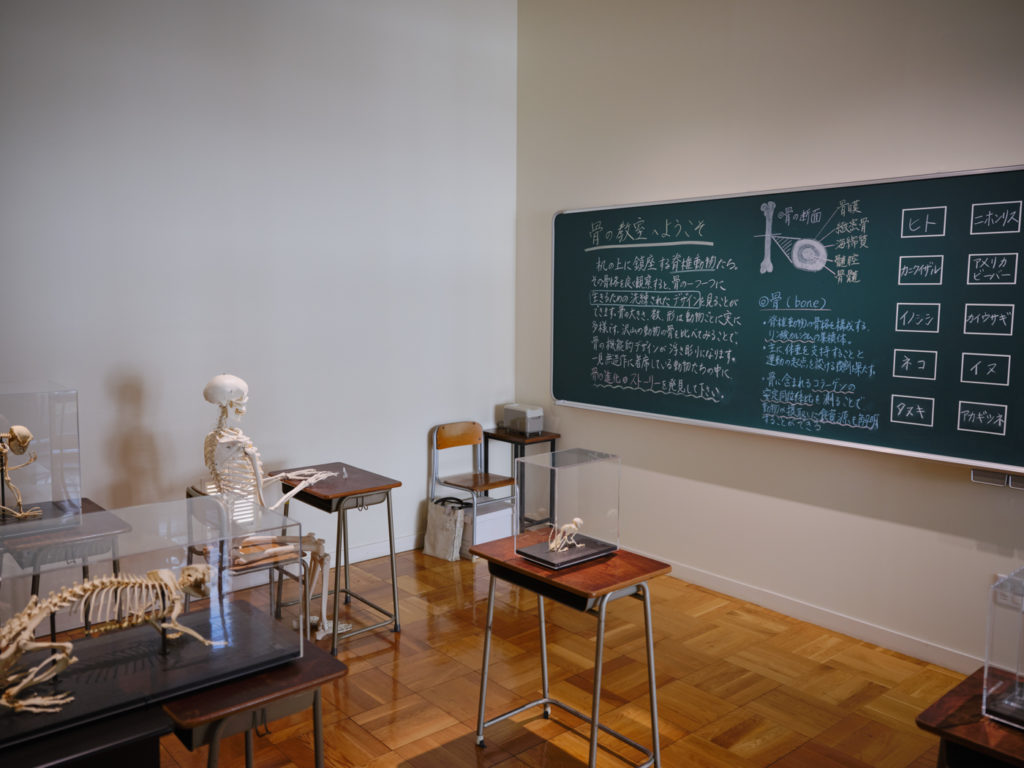
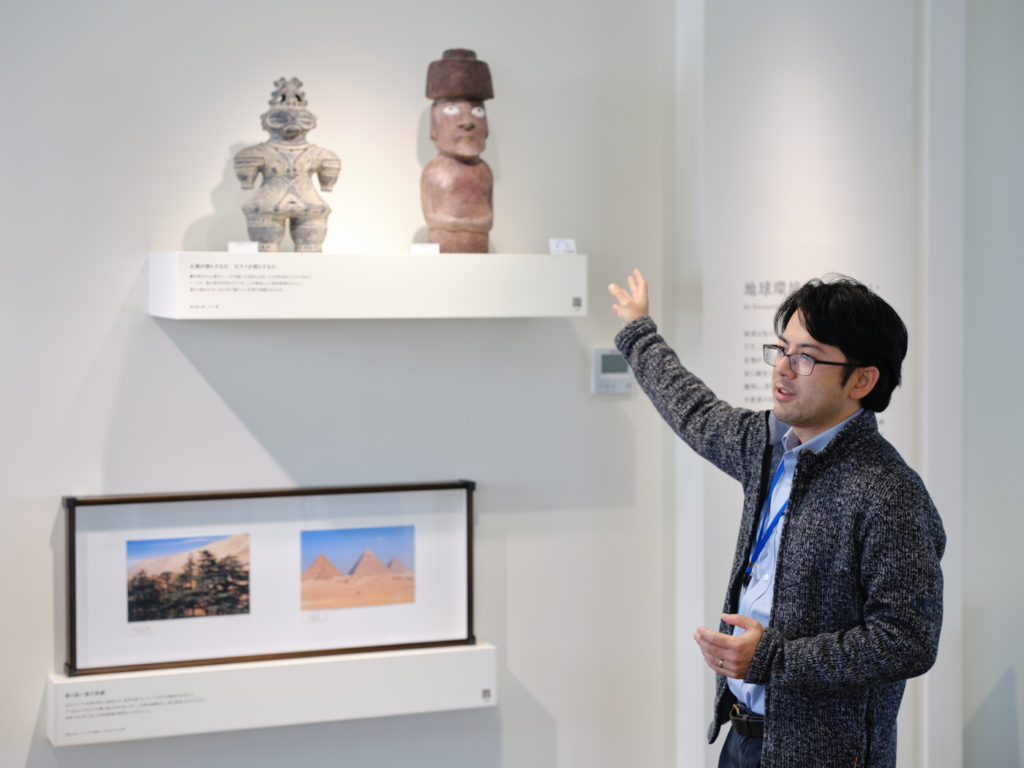
The charm of this museum is that you can listen to lively conversations from people who can share in detail exactly why it’s interesting. “I think this is a challenge for the future, but the most important thing for an exhibition facility like this is interactivity,” said Sato.
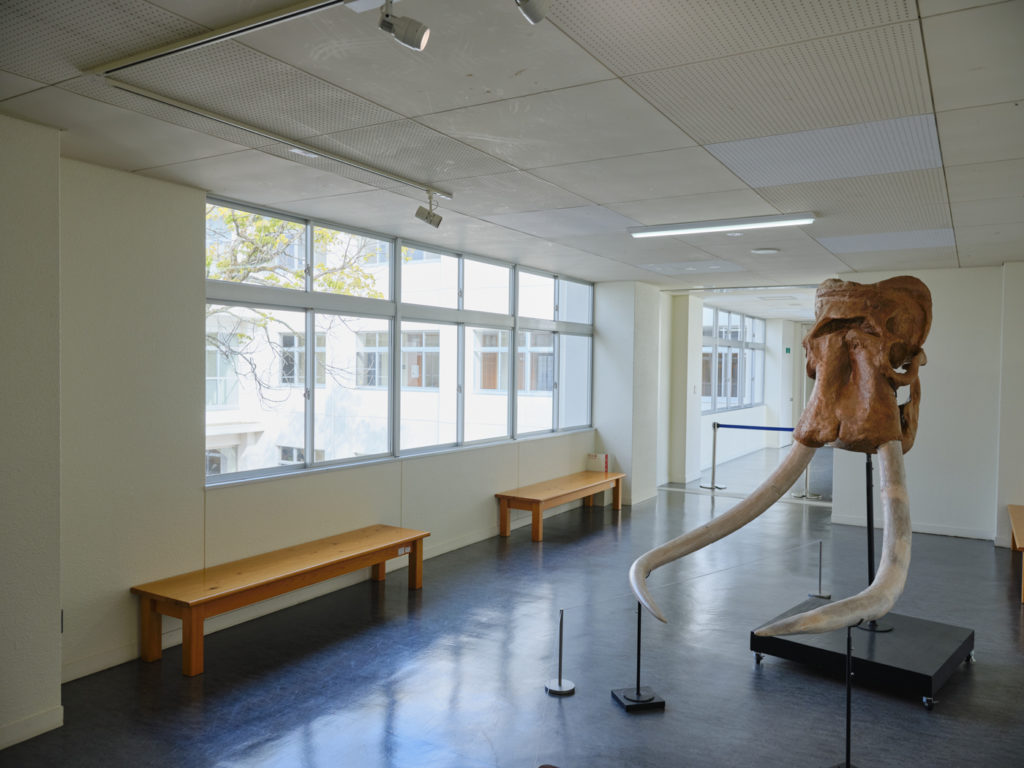
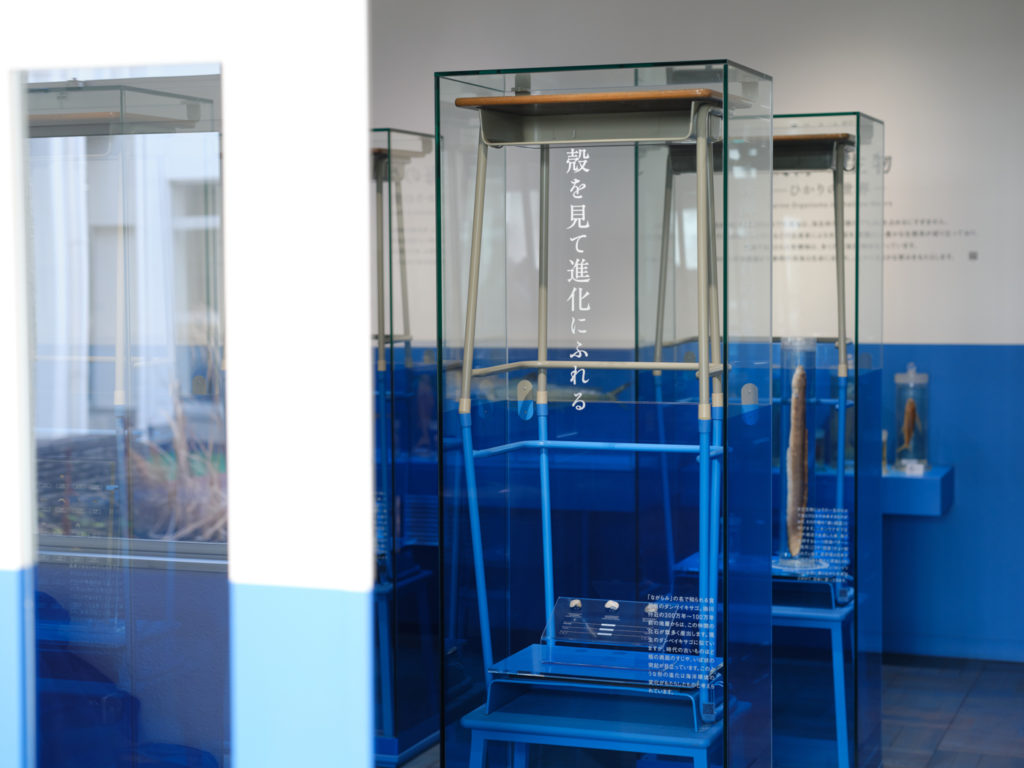
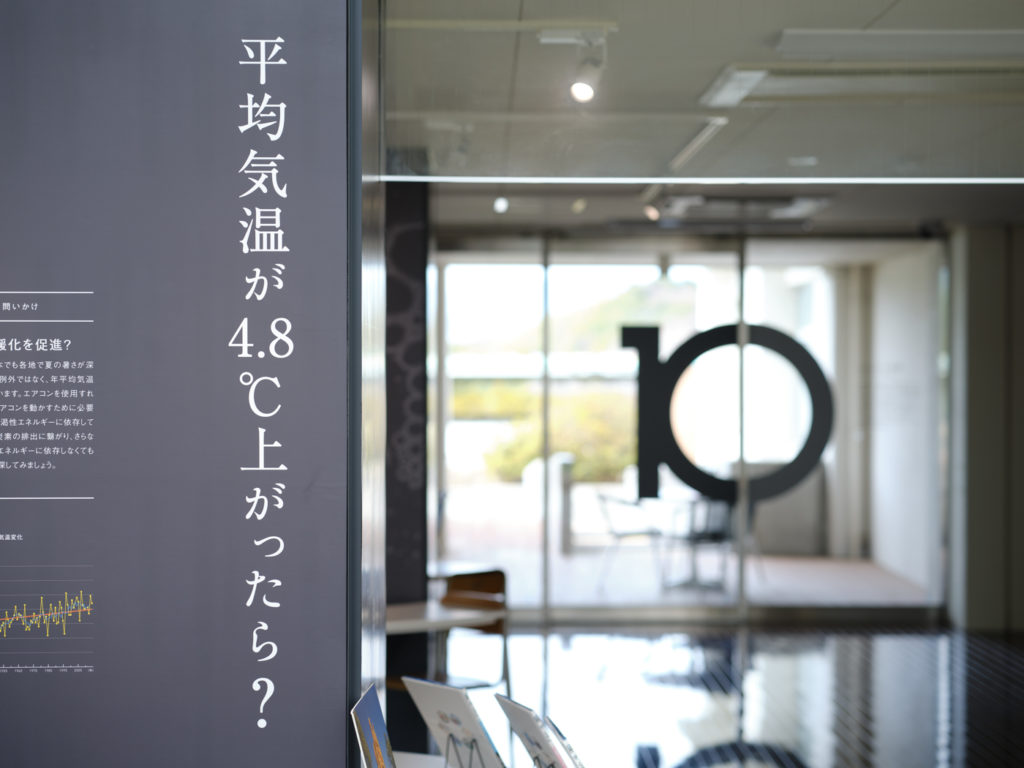
The museum is not just a place to gain knowledge, but a place to think and wonder. For example, if you ask Sato about the future 100 years from now, he will not give you an easy answer. This is because “no one can predict the future 100 years from now because the future is in a constant flux.”
“It’s not enough for us to tell you what the world will be like 100 years from now. No one knows the answer to that, but we need to be willing to put our heads together with the people who want to change it. I think this place is a catalyst for that. The true evaluation of the Fujinokuni Museum of Global Environmental History will probably be told by people 100 years from now, not right now.”
